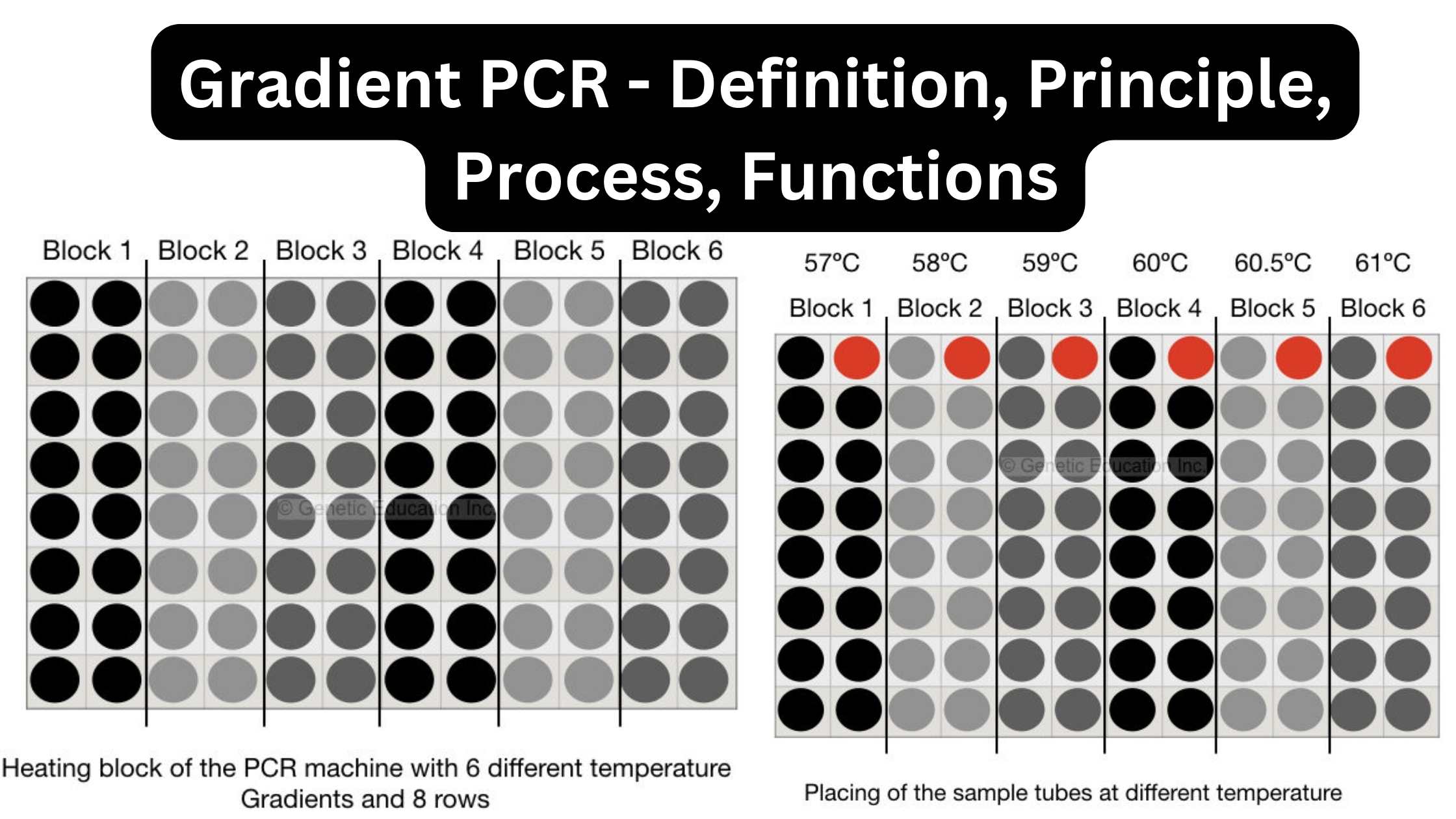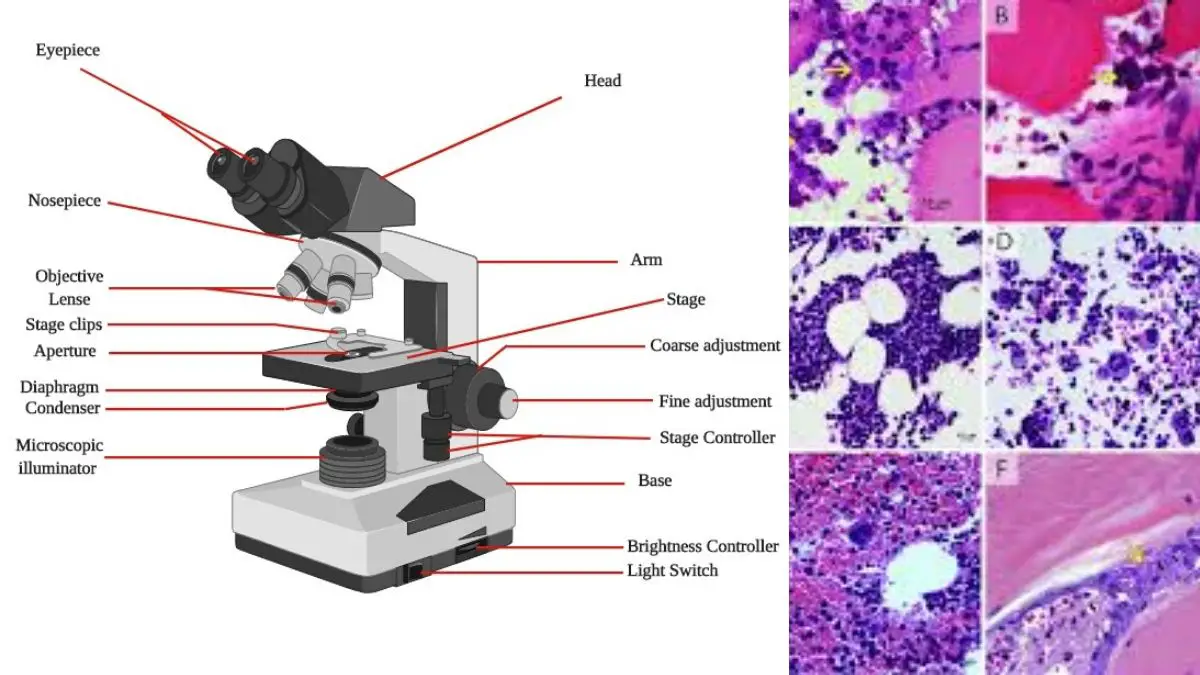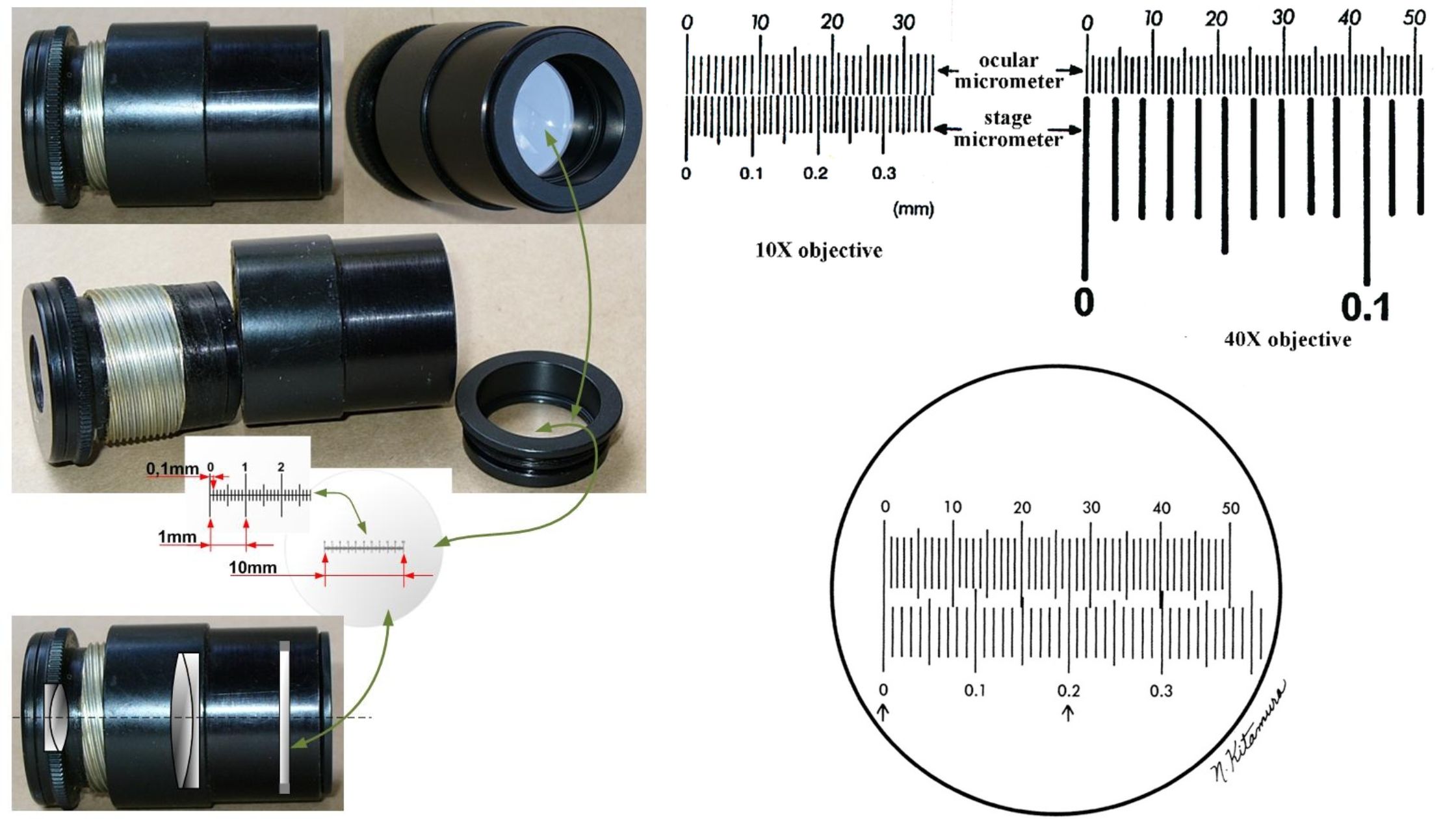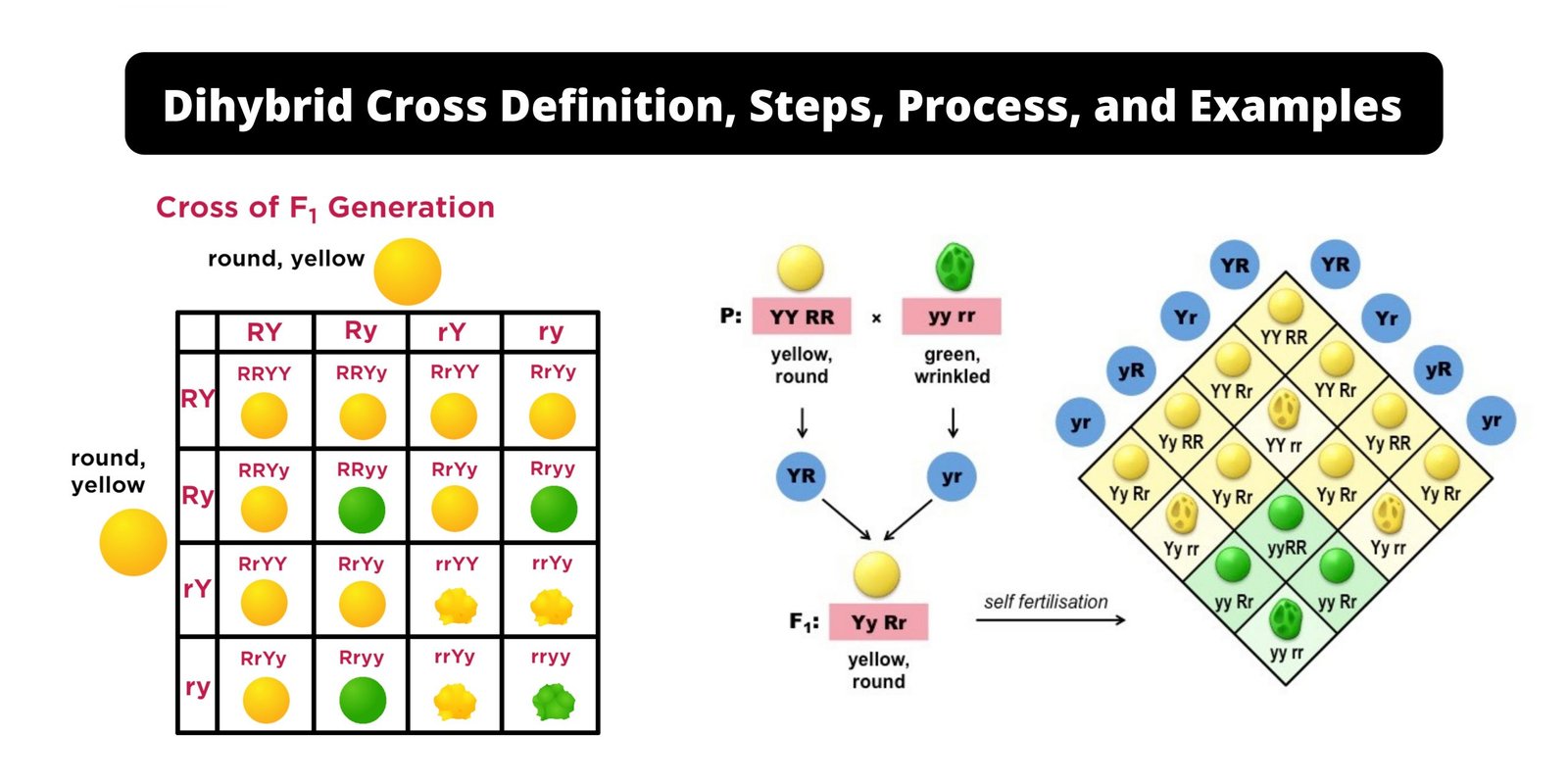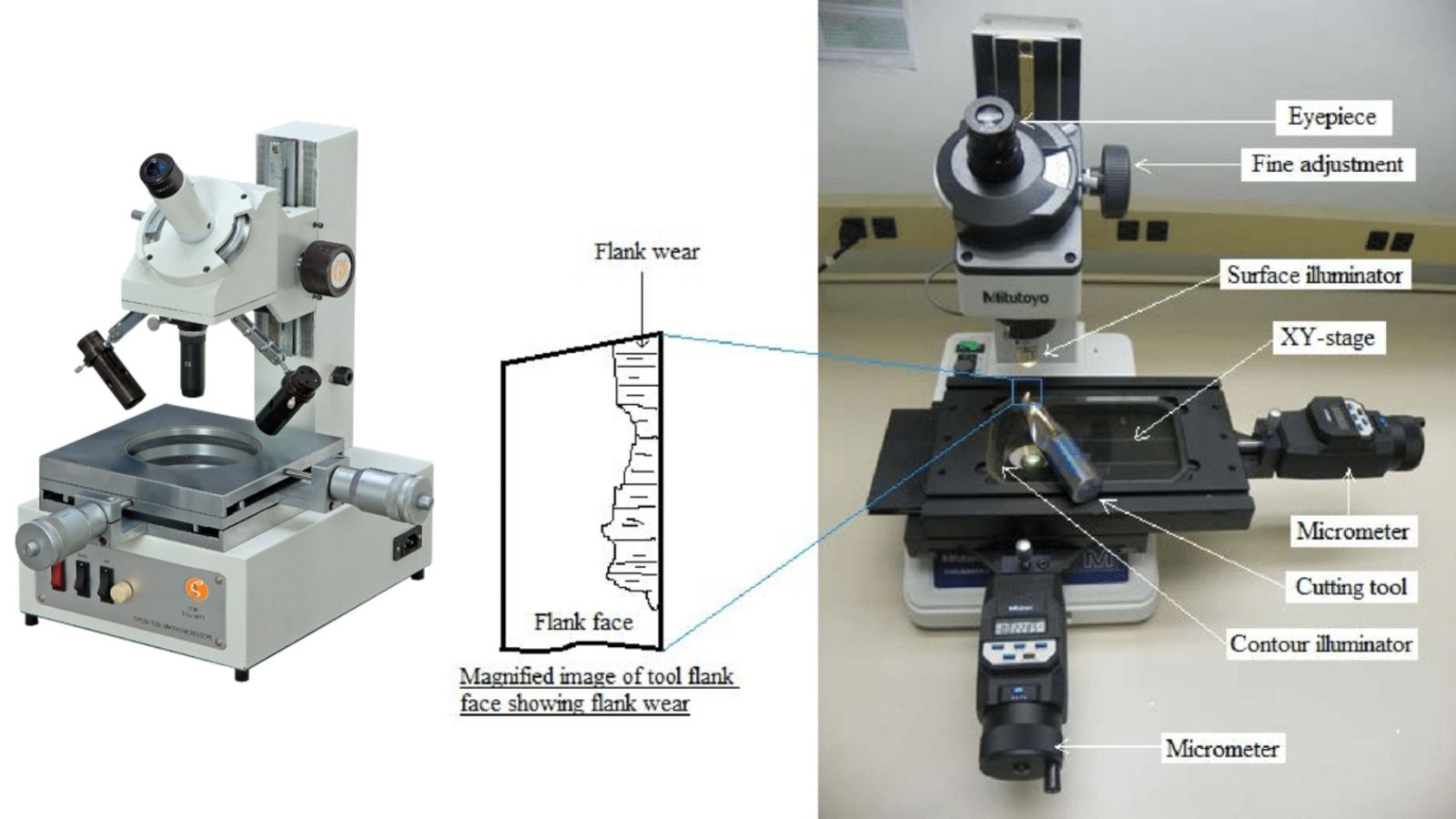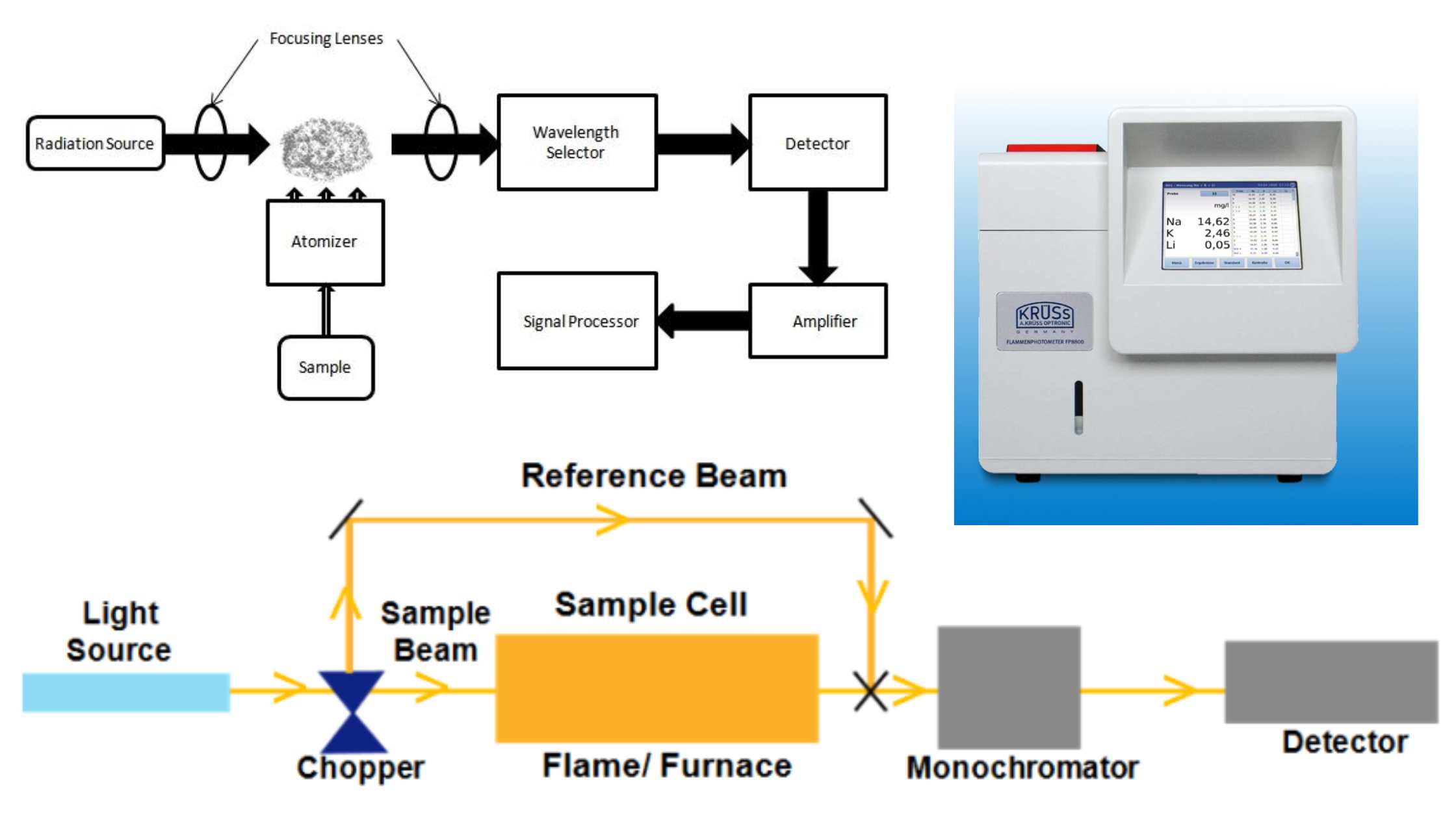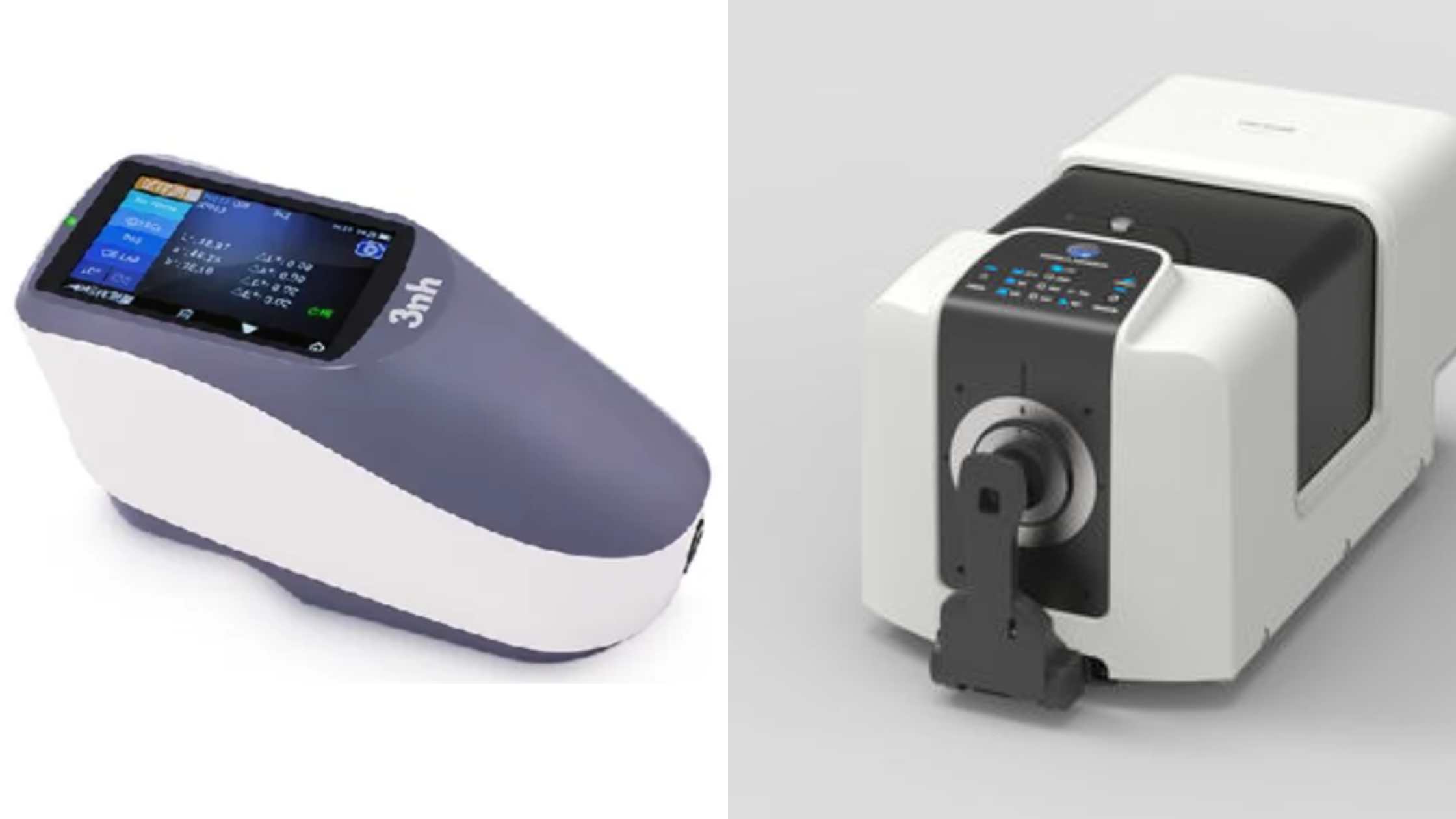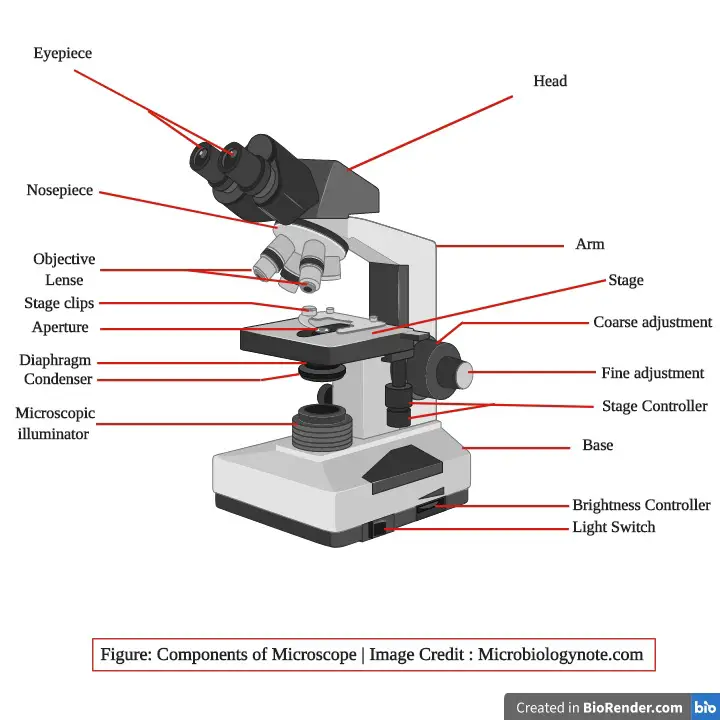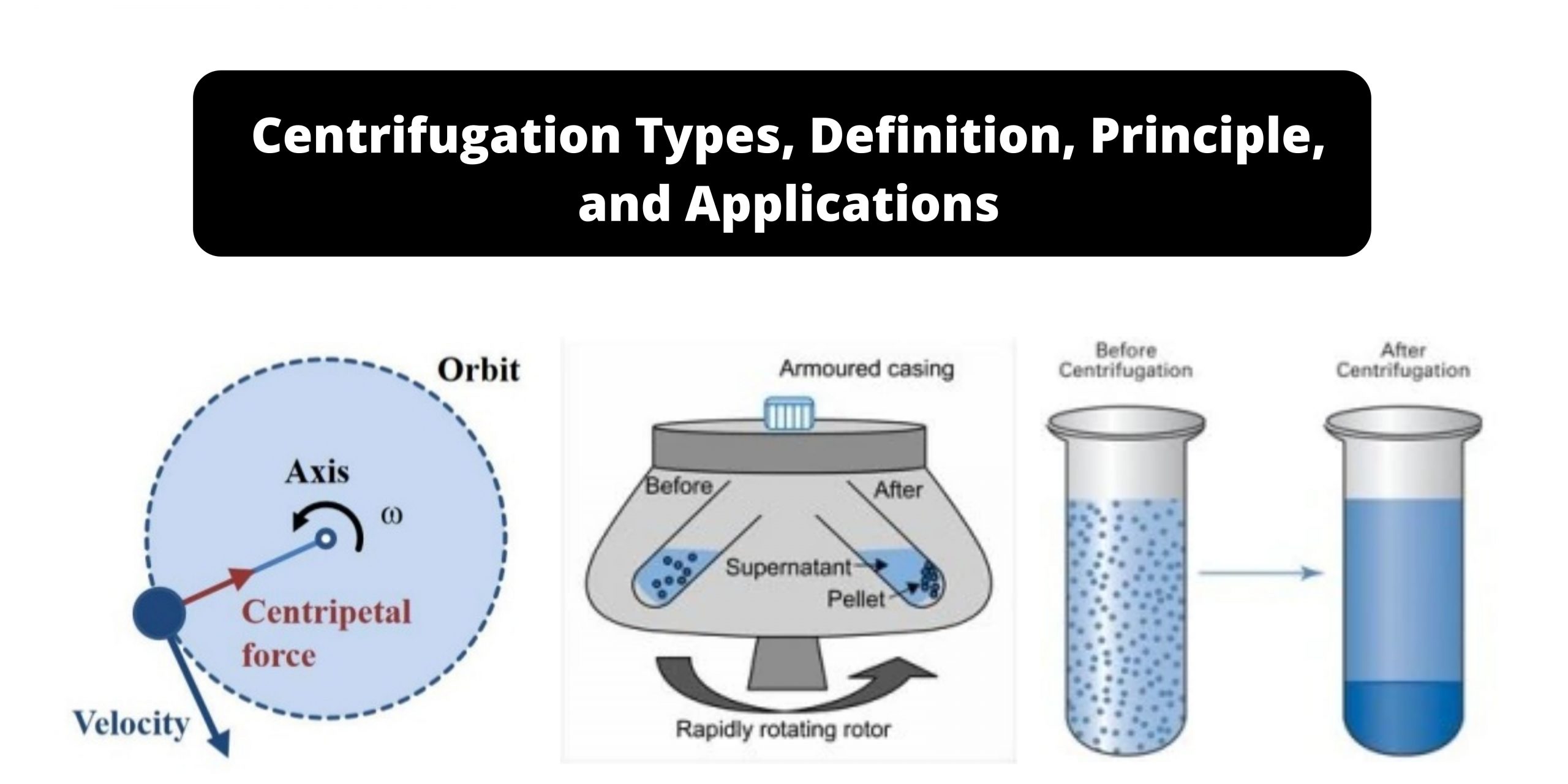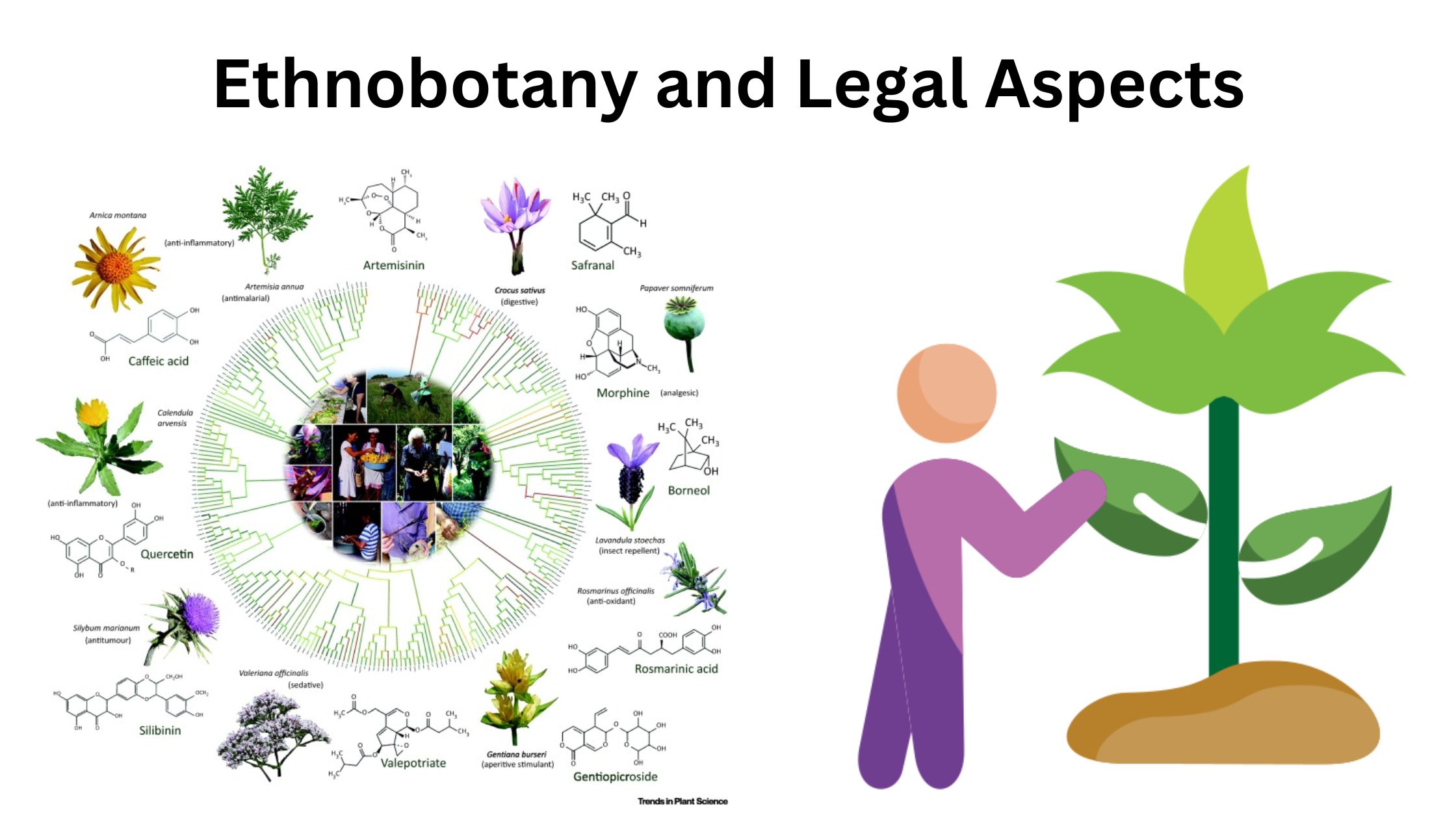Gradient PCR – Definition, Principle, Process, Functions
Gradient PCR is referred to as a PCR optimization method where a range of annealing temperatures is tested at the same time in a single run. It is done in a thermal cycler that contain a gradient block, and this block is made in such way that one side hold lower temperature while the opposite … Read more
